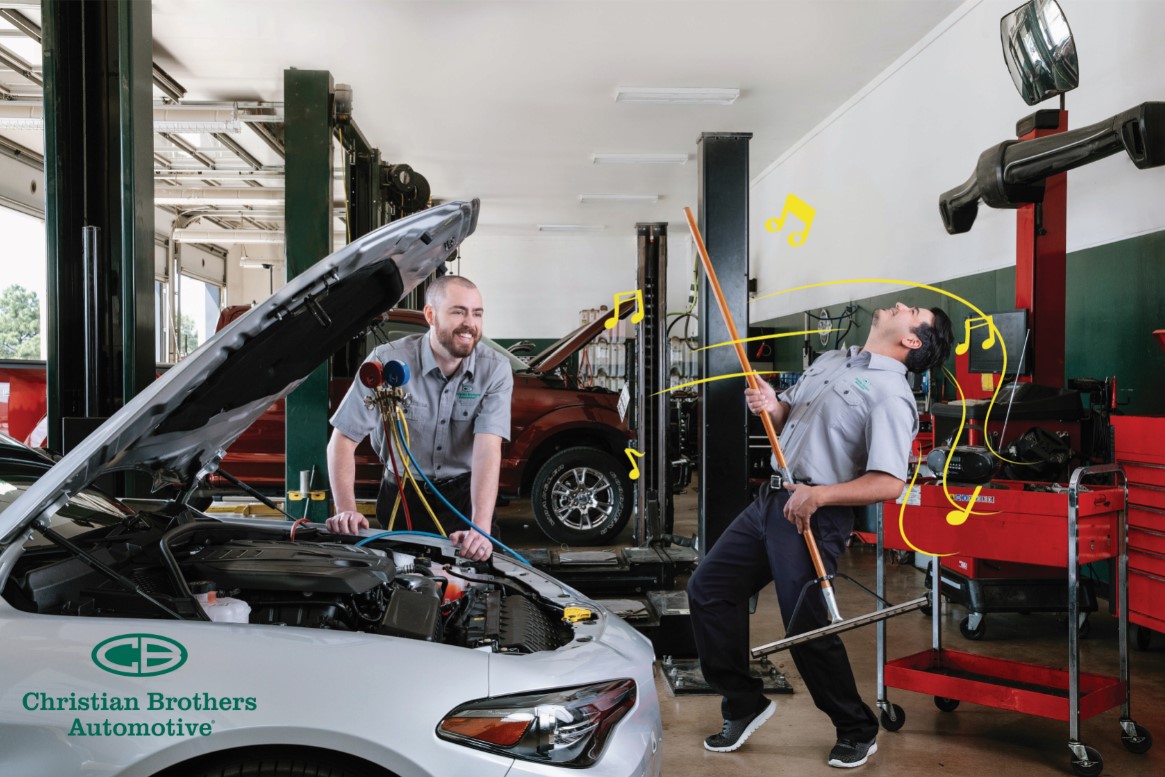All Categories
Featured
Correct tire maintenance is vital to expanding the life of your vehicle and ensuring a smooth and risk-free driving experience. Two of one of the most crucial tire services are tire turning and alignment. These services not only prevent early tire wear yet also boost handling, fuel performance, and total safety. If you're not familiar with what tire rotation and placement require, below's a comprehensive take a look at why they matter and just how they profit your automobile.
What Is Tire Turning? Tire rotation describes relocating your tires from one setting to an additional to guarantee they use equally. The factor tire turning is necessary is since not all tires wear the exact same method. In front-wheel-drive cars, for instance, the front tires manage both steering and power, that makes them use out faster than the rear tires. Similarly, the rear tires use differently in rear-wheel-drive and all-wheel-drive cars.
By turning your tires regularly, you can stabilize out the wear across all 4 tires. This assists them last much longer and enables for even more even traction, enhancing handling and security. Most makers suggest rotating your tires every 6,000 to 8,000 miles or as per the lorry's manual.
What Is Tire Placement? Tire placement, likewise understood as wheel placement, refers to the process of readjusting the angles of your vehicle's wheels to fulfill the maker's requirements. The objective of alignment is to ensure that all 4 tires are aiming in the right direction and at the correct angles, which enables optimal handling, safety and security, and tire life.
There are 3 major alignment angles that are changed during a positioning check:

Camber: The tilt of the wheels when watched from the front. If the camber is off, it can result in irregular tire wear, as the tire will not make complete call with the road surface area. Caster: The angle of the guiding axis when watched from the side. Correct caster positioning guarantees that your lorry is secure when driving straight which your guiding wheel returns to its normal setting after a turn. Toe: The angle at which the tires aim inward or external when watched from above. Incorrect toe placement can create the tires to drag, resulting in irregular wear and reduced fuel efficiency. Imbalance can happen in time because of normal driving or from striking obstacles like visuals or splits. If your alignment is off, it is essential to get it examined and fixed to stay clear of problems down the road.
Why Tire Rotation and Alignment Issue. Boosted Tire Life:. Regular tire turning makes sure also tire wear, aiding you get the most mileage out of your tires. Uneven wear can cause you to replace tires prematurely, which can be costly. When your tires put on uniformly, they last much longer, conserving you cash in the long-term.
Improved Automobile Handling:. Appropriate positioning maintains your car driving straight and steady, particularly at higher rates. Imbalance can create your vehicle to draw away, making it more challenging to steer. By keeping your tires aligned, you ensure your lorry deals with extra efficiently and predictably.
Boosted Safety:. Tires that are not revolved or lined up appropriately can wear unevenly, influencing how well your automobile quits and corners. As an example, misaligned tires or tires with uneven wear patterns may trigger reduced grip, specifically in wet or icy conditions, leading to a greater danger of mishaps.
Much Better Fuel Efficiency:. Tires that are misaligned can create rolling resistance, meaning your engine needs to work more challenging to move the automobile. This increases gas usage and reduces your vehicle's gas efficiency. Proper tire positioning lowers rolling resistance, which can boost gas mileage.
Signs Your Tires Need Turning or Placement. While it's important to remain on top of regular tire turnings and positionings, there are a few signs that may indicate your tires require interest:
Unequal Wear: If you notice that one tire is extra worn than the others, it's most likely time for a turning. Steering Pull: If your cars and truck pulls to one side or really feels off-center, it might be a sign of misalignment. Resonances: If you really feel resonances in the steering wheel or the car, maybe due to an alignment concern. Noisy Tires: Screeching or loud tires can indicate incorrect turning or misalignment. If you notice any one of these indicators, it is necessary to obtain your tires checked by a specialist.
Exactly How Typically Should You Turn and Align Your Tires? Tire turning should usually be done every 6,000 to 8,000 miles, though this can vary based upon your driving problems and the sort of car you drive. It's likewise an excellent concept to have your tires turned whenever you obtain an oil adjustment.
For placement, you ought to have your tires lined up every 1-2 years, or a lot more regularly if you see any concerns with dealing with or unequal tire wear. If you struck a huge hole or curb, it's a good idea to obtain an alignment examine right now.
Conclusion: Regular Upkeep for Ideal Efficiency. Tire rotation and alignment are two easy however important solutions that maintain your auto running efficiently, effectively, and safely. By turning your tires regularly and maintaining your wheels appropriately aligned, you can extend the life of your tires, enhance handling, and take pleasure in better fuel effectiveness.
Latest Posts
Learn About Auto Services & More: Complete Services Guide from Montclare Auto Repair
Learn About Montclare Auto Repair’s Premier Services and Why Drivers Rely On Them
Find Montclare Auto Repair’s Leading Car Care Solutions and Why Drivers Trust Them
More
Latest Posts
Learn About Auto Services & More: Complete Services Guide from Montclare Auto Repair
Learn About Montclare Auto Repair’s Premier Services and Why Drivers Rely On Them
Find Montclare Auto Repair’s Leading Car Care Solutions and Why Drivers Trust Them